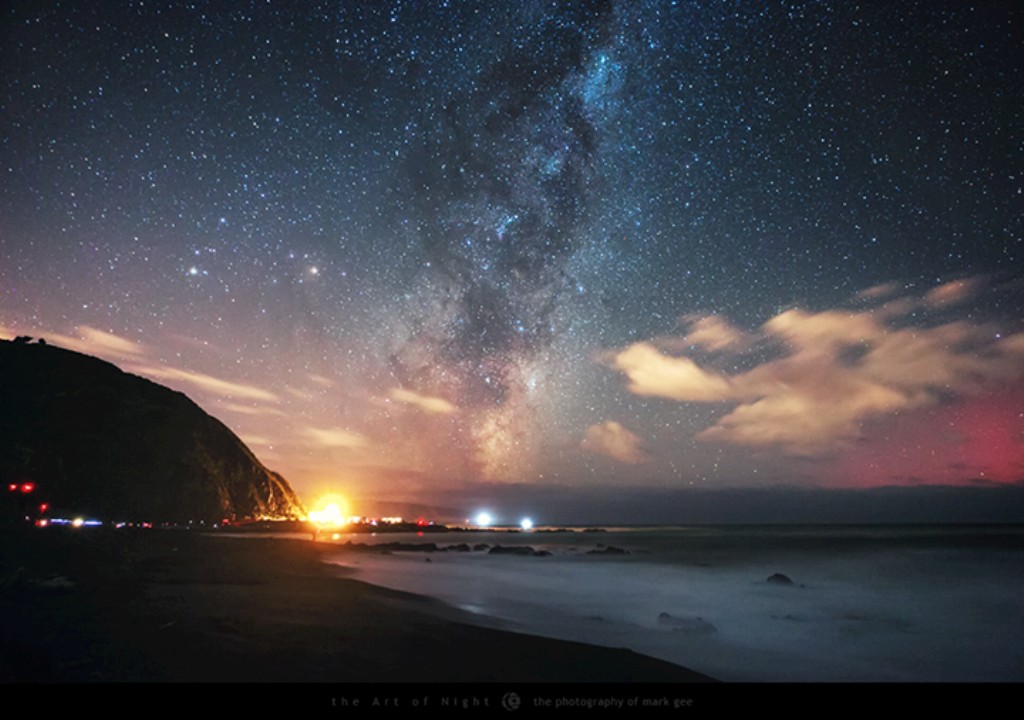
Top 10 Different Ways to Protect Your Digital Images Online
While the internet age has offered a golden platform for the photographers to showcase their talent, perspective and share their work, it is also undoubtedly the most vulnerable platform, where it is almost inevitable to control thefts of images. Just a few clicks and you get to download just any picture over the net. However, you may say if you have a copyright on an image, infringing on that copyright is illegal, and it’s true indeed! However, it is also a lengthy process to pursue for justice through legal proceedings. This extreme threat of theft bars many photographers from sharing their pictures online. However, at the same time it guards them against acquiring their just exposure in the market.
However, there are some tricks and tips which could actually help your safeguard your images from theft. Here are 10 different ways to protect your digital images online:
1 Use Advanced Barcode
Digimarc is a unique service which embeds invisible bar-coding to your image. This is kind of a small digital sound which works seamlessly like the fingerprint of your image, making it easily traceable. There is a definite difference between a picture and image, and since image is the softcopy anyone can easily download it and claim it. Therefore it is essential to adapt apt techniques to safeguard your images online.
2 Add Watermarks
This is one of the easiest ways to deter image theft, by adding a small text, logo, in the corner of the image. This way you can not only symbolize that the image is owned by you, you can also discourage theft to a great extent. You can make use of image editing software like Photoshop or Adobe Lightroom to embed a watermark in your image before posting them online.
3 Low-Resolution Image
There is always higher risk of theft with high resolution images. Not only just for thumbnail images but you can adhere to this strategy even for normal uploads. Choosing to upload a low-resolution copy of the image is better while you are showcasing it online. Choosing to showcase image files of up to 1600px is a great choice which offers clear view yet not good results when tried to print.
4 Disable Right Click
Intensifying the difficulty to directly download your image is not probably the comprehensive safety against image theft, but it definitely discourages the motif of many online users from nabbing it. When you upload any image on your own website you can disable the right click download, and safeguard the easy “save as” option for downloading images with the help of HTML coding or plug-in.
5 Embed in CSS
This can be done by embedding the image you want to upload in your site in the CSS coding of the site. Then, a clearer picture can be uploaded onto the top of that location. Accordingly, when anyone attempts to copy your image he will land up with only a blank square.
6 Tiling
This is one of the most time-consuming ways of locking your image against theft. Well, the system is pretty much like fitting in tiles, wherein you need to break the image into small pieces. Now upload each piece separately and then you can compile and arrange them in the right format online. This makes the entire task of stealing the images extremely tedious and hardly any thieve would prefer to invest so much time in a theft.
7 Use metadata
The kind of information embedded in an image when it is clicked, like the date of capture, shutter speed, or sometimes photographer’s name as well is known as metadata. You can either enable tagging your photos with metadata from your camera, by turning on the information details or for an existing image file, you need to open the image in Photoshop. Once the image is open navigate to File > Image Info. You need to click on the description tab, then add your name under the Author section and enable Copyright fields to show those details on your image while you upload it online.
8 Put a reminder tag
Sometimes online image thefts are not intentional as well. Many people do not just know of realizing that simply downloading images from a site and using it elsewhere may be illegal. While watermarking is a great idea to avoid that easy downloading, but you can also simply state that it is illegal to download or use the images on the site without permission or approval of the photographer or owner, which can work as an alert.
9 File for Copyright
In the United States, it is a quite easy procedure to apply for copyright on images uploaded online. You can register for copyright even on online. You essentially need to distinguish between published and non published images, however. In case of already online published images, you need to file for a copyright within three months. Therefore professionals can take advantage of filing a copyright for batches of their images quarterly.
10 Compress Images
Before you upload an image or one of your photographic collections you can choose to purposefully compress the image file, including the quality, resolution, dimension, etc. This will make the image altogether less useful for anyone who intends to download it and use it in an unauthorized way. You can easily do this with the help of Photoshop editing tools. You need to go to the File menu and navigate to Export. Then select “Save for Web” and you can modify the image to even 60% JPEG image file. Even with the use of Lightroom, you can limit the export option to up to 250kb which will make the file compressed but it will still be visibly impressive. Just that it will bar the intentions of wrongdoers from attempting to play with your images.
Sharing images online is a risky venture indeed, since thefts are everywhere. In spite of copyright there are infringement attempts; however, these above-provided tips can help you to deter the wrongdoers from playing with your images, making things difficult, over the bar and time consuming for them.

















